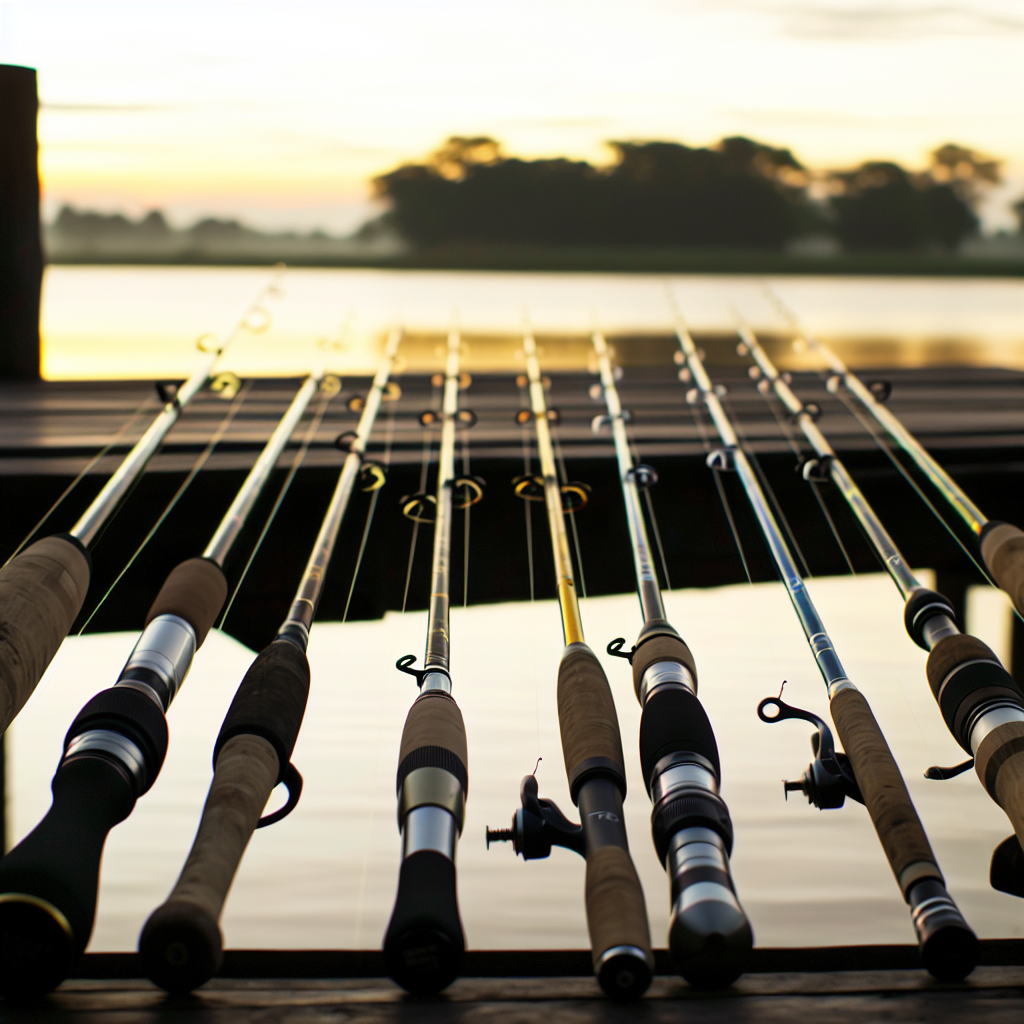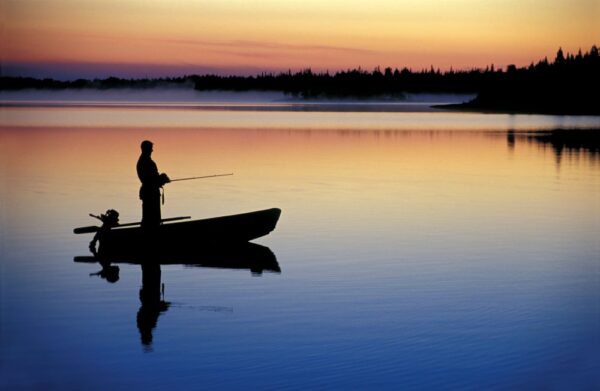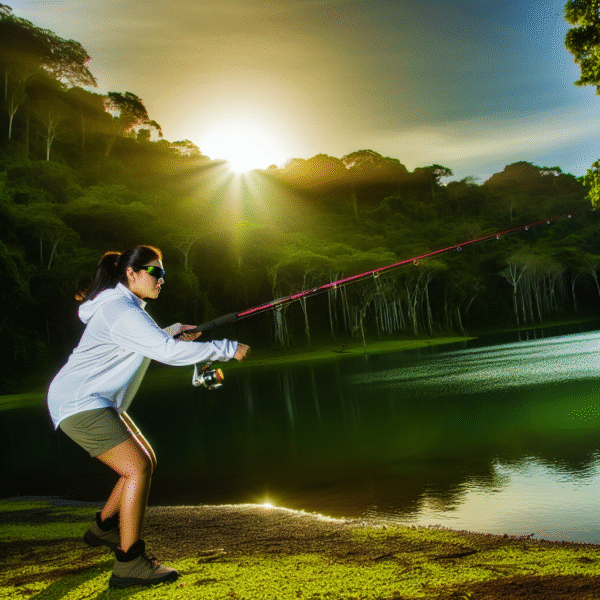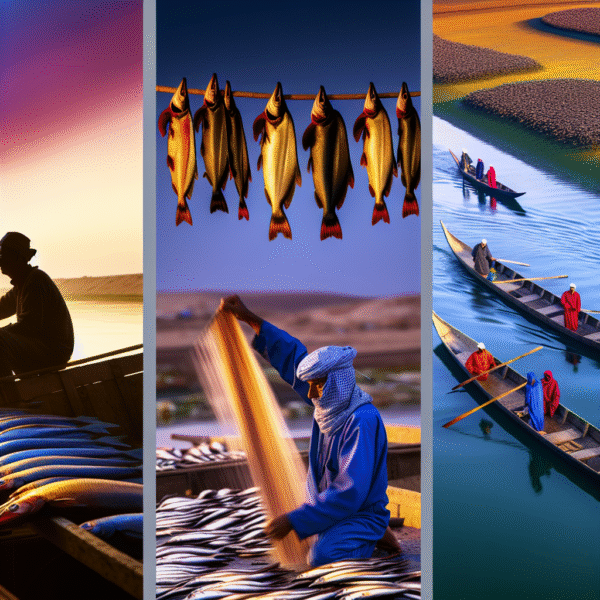Understanding Fishing Rod Materials: A Guide for Outdoor Enthusiasts
Fishing rod materials play a pivotal role in your success as an angler. Whether you’re casting from a remote pier in Alaska or introducing your children to bluegill fishing at a local lake, selecting the right rod material can elevate your entire experience. The composition of your rod influences its flexibility, strength, sensitivity, and durability—factors that can make or break a fishing adventure. For outdoor-loving travelers aiming to blend angling with exploration, understanding these materials ensures every cast counts.
Let’s dive into the core rod types and help you make the best choice for your destination, skill level, and fishing style.
Fiberglass Fishing Rods: Durable and Beginner-Friendly
Fiberglass rods are a tried-and-true favorite in the world of fishing rod materials. Known for their durability and affordability, these rods offer a smooth, parabolic bend ideal for beginners or young anglers. Their flexible nature prevents frequent breaks, making them a go-to for family vacations or casual weekend outings.
Take Lake Norfork in Arkansas, for instance—families there enjoy early-morning bass fishing using forgiving fiberglass rods. When learning proper casting techniques or handling aggressive fish, this material offers valuable control. Fiberglass rods might be slightly heavier, but their resilience means less worry during travel and more focus on the adventure.
They’re also ideal for rugged trips, from backpacking across the Philippines to fishing with locals in Palawan’s stunning bays. Cost-conscious travelers and novice anglers will likely appreciate fiberglass rods as reliable, low-maintenance companions.
Graphite Fishing Rods: A Choice for Precision and Technique
If you’re seeking sensitivity and lightweight performance, graphite stands out among fishing rod materials. These rods excel in providing feedback from even the lightest bites—perfect for targeting elusive trout in calm streams or casting from kayaks in coastal areas like Oregon.
The stiffness of graphite results in fast action, enabling greater casting distance and quicker hooksets. Enthusiastic solo travelers or seasoned anglers will find graphite rods a precise tool for complex conditions. For example, salmon anglers on California’s Smith River often prefer graphite rods for their responsiveness and finesse.
When selecting graphite rods, pay attention to modulus ratings. A higher modulus means a lighter and more sensitive feel but potentially lower durability. Choose a balanced model to suit both transport convenience and performance—especially important if your journey (such as one through the Chilean fjords) involves rugged trails and unpredictable terrain.
Composite Rods: Adaptable Solutions for Global Adventures
Combining graphite and fiberglass, composite rods deliver a versatile solution for anglers on the move. These rods offer the flexibility of fiberglass and the responsiveness of graphite, striking a balance that suits a wide range of conditions.
Travelers headed to Lake Taupō in New Zealand, for example, will appreciate how composite rods perform both from shore and from boat. Whether it’s handling stubborn trout in alpine waters or casting from a narrow stream bank, composite rods offer all-around strength and feel. Likewise, in Vietnam’s Mekong Delta, spontaneous riverside fishing with friendly locals becomes more rewarding with a single, adaptable rod.
Even seasoned guides in Costa Rica’s Tortuguero region rely on composite rods to tackle aggressive tarpon and snook while casting precisely in lush, tangled mangrove ecosystems. If portability matters, opt for a composite travel rod that breaks down into multiple sections for easy packing.
Bamboo Rods: Traditional Craftsmanship and Cultural Appeal
Bamboo holds a special place among fishing rod materials. Revered for its craftsmanship, this material appeals to anglers seeking tradition, artistry, and a slower pace. Bamboo rods offer a buttery-smooth action—perfect for fly fishing in heritage locations like the Catskills in New York.
Here, on the Upper Delaware River, local outfitters such as Trout Town Flies provide bamboo rentals and teach traditional rod-making—a blend of history and hands-on adventure. Solo travelers or couples exploring regional museums and natural parks may find bamboo rods an enriching addition to their itinerary.
However, due to their weight, maintenance needs, and cost, bamboo rods are best enjoyed as part of mindful, deliberate angling experiences rather than fast-paced family expeditions or rugged treks.
Telescopic Rods: Compact Gear for Travelers on the Go
Telescopic rods, often made from carbon fiber or composite blends, collapse into compact forms perfect for mobile angling. These rods are optimal for urban explorers, backpackers, or anyone with limited travel space. If you’re hopping trains across Europe or flying light through Southeast Asia, a telescopic rod fits easily in a small pack.
In Japan, the minimalist tenkara angling style utilizes telescoping fly rods for fishing mountain streams. A side trip to Nagano’s Matsukawa River allows travelers to experience this refined method using featherweight gear crafted by local experts.
Telescopic rods work well for impromptu coastal appearances too—think sunset casting in Lisbon or casual hours at Sydney Harbour. They may lack the sensitivity and durability of full-length models but excel in portability and convenience for light fishing excursions.
Selecting the Right Fishing Rod Material for Your Trip
Matching your rod to your travel goals is essential. Here’s a quick reference to help you select the optimal fishing rod materials for your adventure:
- Fiberglass: Ideal for family trips and beginner anglers seeking long-lasting durability.
- Graphite: Best for experienced travelers focused on accuracy and technique-driven fishing.
- Composite: Perfect for diverse fishing styles and unpredictable itineraries.
- Bamboo: A premium option for cultural, slow-travel experiences rooted in tradition.
- Telescopic: Must-have gear for mobile anglers with space limitations and flexible plans.
Planning a road trip along South Africa’s Garden Route? A composite rod offers the versatility you’ll need to handle river mouths or estuaries. If your family’s cycling through the French countryside, telescopic rods paired with waterside picnics offer a relaxing midday activity.
Tap Into Local Knowledge for Maximum Success
Understanding fishing rod materials isn’t just about gear—it’s also about connecting with the local environment. Each region has its preferred setups based on species, terrain, and human experience. In Iceland, anglers rely on graphite fly rods for windy salmon rivers, while in the Florida Keys, fiberglass rods are used for pursuing offshore tarpon and other large game fish.
Visiting small tackle shops, hiring community guides, or chatting with local anglers can provide valuable insight. These interactions can elevate your fishing experience from casual to transformational. In global destinations like Mahinepua Bay in New Zealand or the dam-rich landscapes around Graaff-Reinet, South Africa, the rods used are often chosen based on years of local wisdom.
Wherever your personal fishing journey takes you—be it a relaxing family weekend, an inspired cultural trip, or a wilderness solo mission—knowing your fishing rod materials helps shape that story. After all, the right rod isn’t just a tool. It’s a gateway to adventure, connection, and the thrill of the unknown.






